7 Important Rental Property Preventative Maintenance Steps
A survey shows 64 percent of respondents said their landlord was slow to make repairs, while more than one-third of respondents said that repairs were done badly, according to a survey of more than 1,000 tenants by the legal document company Legal Templates.
While getting the call for needed repairs can be a challenge, keeping up with preventative maintenance tasks is a fantastic way to keep the property up to par while keeping tenants happy. From checking in on the roof to pest control and beyond, here are just seven simple rental property maintenance steps that are beneficial in the long run.
No. 1 – Regularly cleaning out the gutters
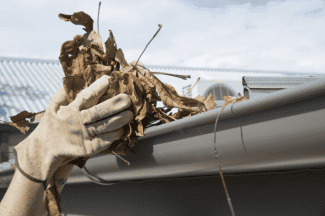
According to The Spruce, regularly cleaning gutters maintains water flow from the roof to the ground (and as such, away from the house). While getting the ladder out and carefully removing any debris from the gutters is one way to get the job done, The Spruce highlights other ways to do so. Vacuuming the leaves from the gutters is just one option (which will require a 2-½-inch gutter cleaning accessory kit ‘specifically designed for wet/dry vacuums’), which will allow you to clean the gutters while standing on the ground.
However, it’s noted that this method isn’t the best option for wet leaves, in which case another route would involve blowing the leaves from the gutter with a pressure washer.
No. 2 – Inspecting the roof
When looking to further prevent leaks and ensure that the rental is able to withstand the elements, regularly checking in on the roof will allow you to be in-the-know and up to date on its condition.
According to Build Magazine, it’s important to inspect the roof once every three months, “looking for signs of wear and tear such as broken or missing shingles, cracks in the flashing, or loose nails.” Looking for moss or algae growth is another thing to look out for, as they can cause damage to your roof over time.
Build Magazine later goes on to stress the importance of having your roof inspected by a professional each year, which will help greatly in identifying problems “before they become major issues.”
No. 3 – Preventing leaks
Leaks in the home can bring a variety of issues to the table, from water damage to mold.
In addition to the cost involved, there’s no question that preventative rental property maintenance steps are key in preventing leaks and subsequent issues. In addition to keeping up with roof maintenance to prevent leaks, keeping drains clear and pipes up to date are further ways to prevent leaks.
Recognizing telltale signs of leaks when doing an inspection is another way to prevent further damage — according to one Forbes Home post, these signs include damp, dark spots on the floor, wall, ceiling and pipes, while leaks can come from several sources, such as toilets, sinks, washing machines, dishwasher, and the like.
In the case of water damage, addressing the matter as quickly as possible is imperative.
This is largely due to the fact that the longer materials are wet, the more extensive the damage can be — wood can warp, carpet can delaminate, etc. The presence of mold can also become a health and safety issue as well. While shutting off the water and fixing the issue that caused the water damage are the first steps, the water damage restoration process involves several steps to address the situation properly.
From removing any standing water using specialized pumps to removing damaged materials, involving a professional water damage restoration service is ideal in going about the matter properly and with the right tools.
No. 4 – Keeping pests at bay
About 2.9 million reported sightings of both roaches and rodents in their homes, according to the 2019 American Housing Survey (AHS).
While a variety of factors can create a pest problem (such as a dirty kitchen), keeping up with regular pest control and maintenance can be a great way to ensure that pests are kept at bay. According to RentPrep.com, preventative pest control should be done at least seasonally by landlords.
Hiring pest control professionals is a great way to go about the matter stress-free, with pest prevention treatments often involving “spraying around the exterior of the house, looking for signs of infestation, and treating the baseboards inside,” highlights RentPrep.
Paying Too Much For Insurance?
Get a FREE quote to insure your rental properties for less.
No. 5 – Appliance maintenance
Maintaining a home’s appliances will not only keep them running smoothly, but will ensure they last longer, too.
In addition to checking in on the air conditioning and heating system, one Apartment Therapy post highlights the value of draining the hot water heater. “Minerals in your water will build up over time at the bottom of your tank, which also causes the tank to work harder, which often causes the hot water heater to fail, causing water damage,” explains John Bodrozic, co-founder of HomeZada, a digital home management site.
Bodrozic goes on to advise draining your tank from the bottom at least once a year (to get the sediment out) before refilling it.
No. 6 – Smart landscaping techniques
Regarding situations where landscaping responsibilities fall on the landlord, there are a variety of preventative maintenance tasks that can keep the lawn healthy and presentable.
In addition to taking advantage of low-maintenance plants, regularly pruning trees is a great way to care for the landscape as well as the property as a whole. “Pruning will help ensure the tree stays healthy by increasing airflow and light penetration.
By pruning the tree, you will also remove dead, damaged, and dying branches,” The Spruce points out, going on to note that this can work to remove hazards to people and structures around the plant. For example, a tree’s branches can scratch the siding of a home, not to mention create issues when it comes to potentially blocking gutters or preventing proper drainage.
No. 7 – Rental Property Maintenance Steps – Safety first
A comprehensive checklist is a great way to keep track of maintenance tasks, especially when it comes to important safety maintenance such as testing the smoke alarms, carbon monoxide detectors, fire extinguishers, etc.
If you have multiple rental properties to keep up with, streamlining maintenance can be a great way to keep things up to date and lasting longer.
For example, one Zillow post highlights the value that automation can have. “Consider investing in fixtures with long battery lives or automatic features, like exterior motion lights, programmable thermostats, a bathroom fan connected to the light switch to prevent mold, or small solar lights to brighten a pathway.”
Making repairs to a property can be a stressful endeavor, though taking on preventative maintenance is a great way to keep future repairs to a minimum while improving the tenants’ stay.
From keeping up with appliances and pests to checking up on the roof, there are a variety of tasks that are well worth the effort and time in these rental property maintenance steps.
Source: Rental Housing Journal


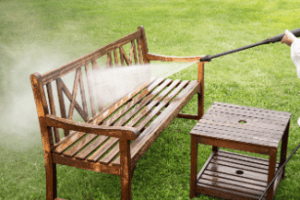
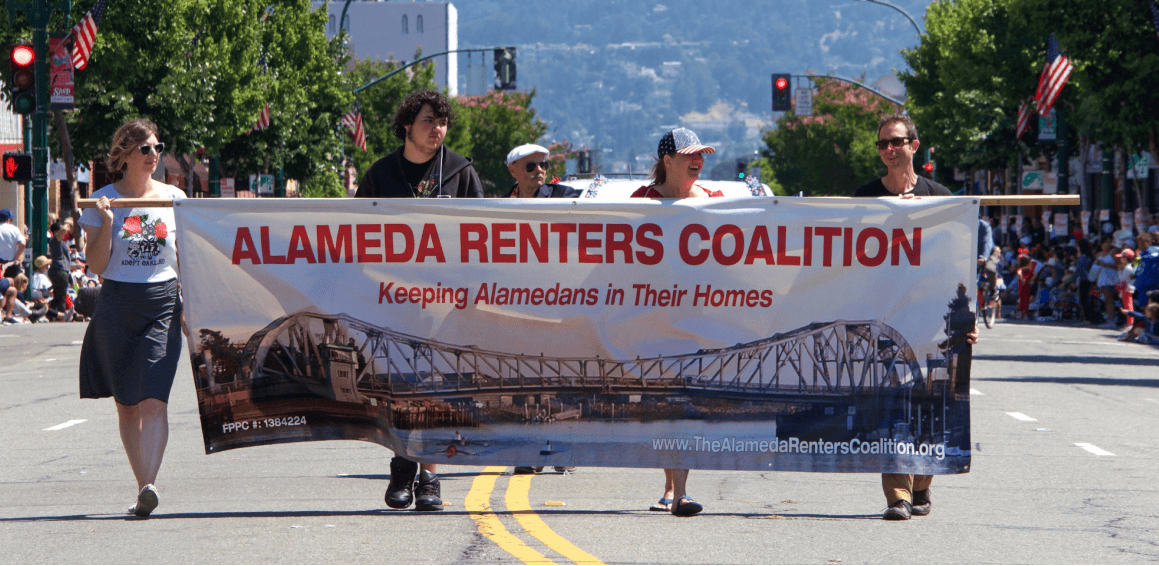
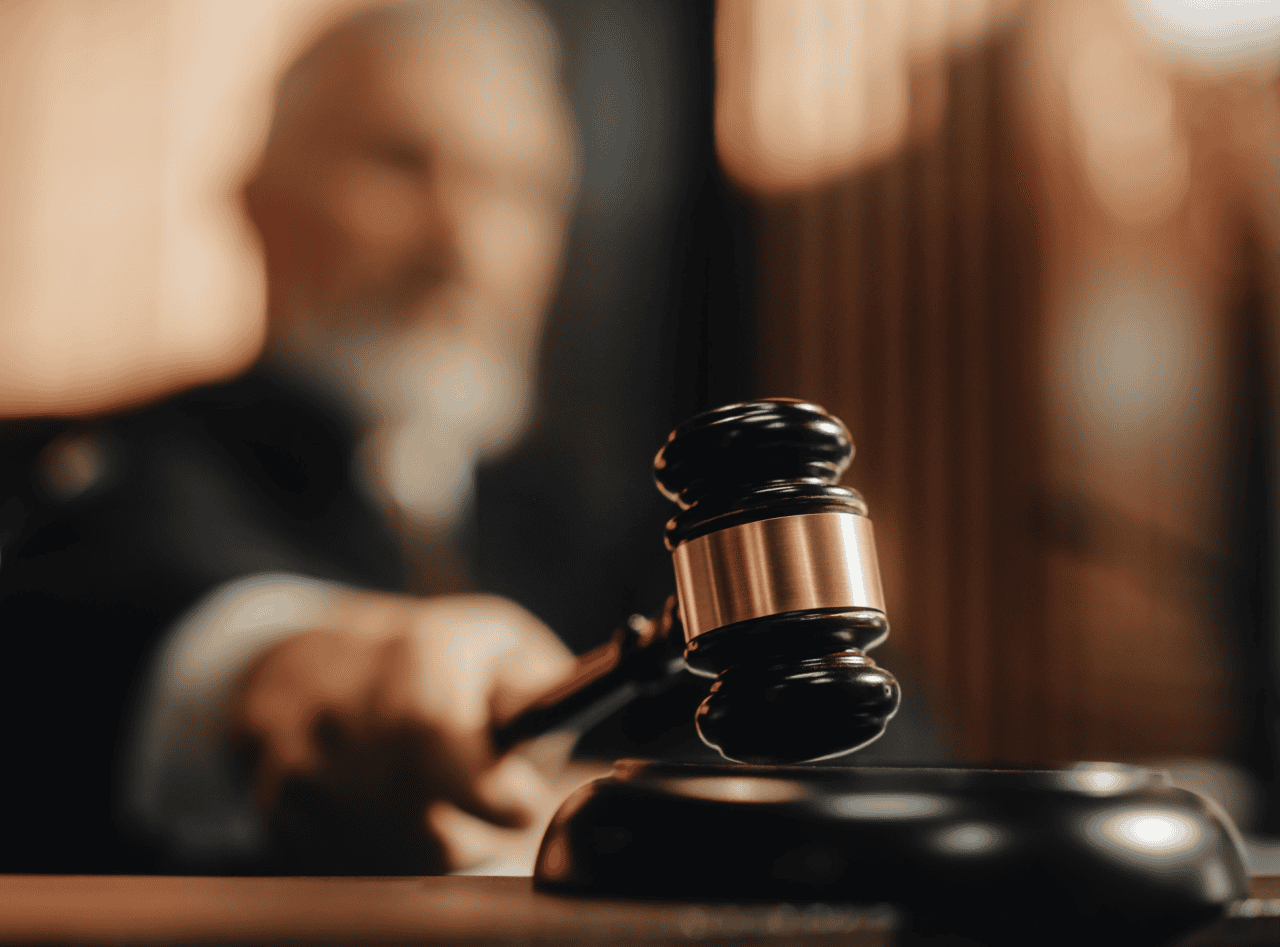



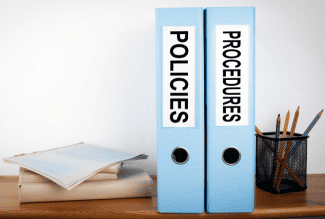






 Accessibility
Accessibility